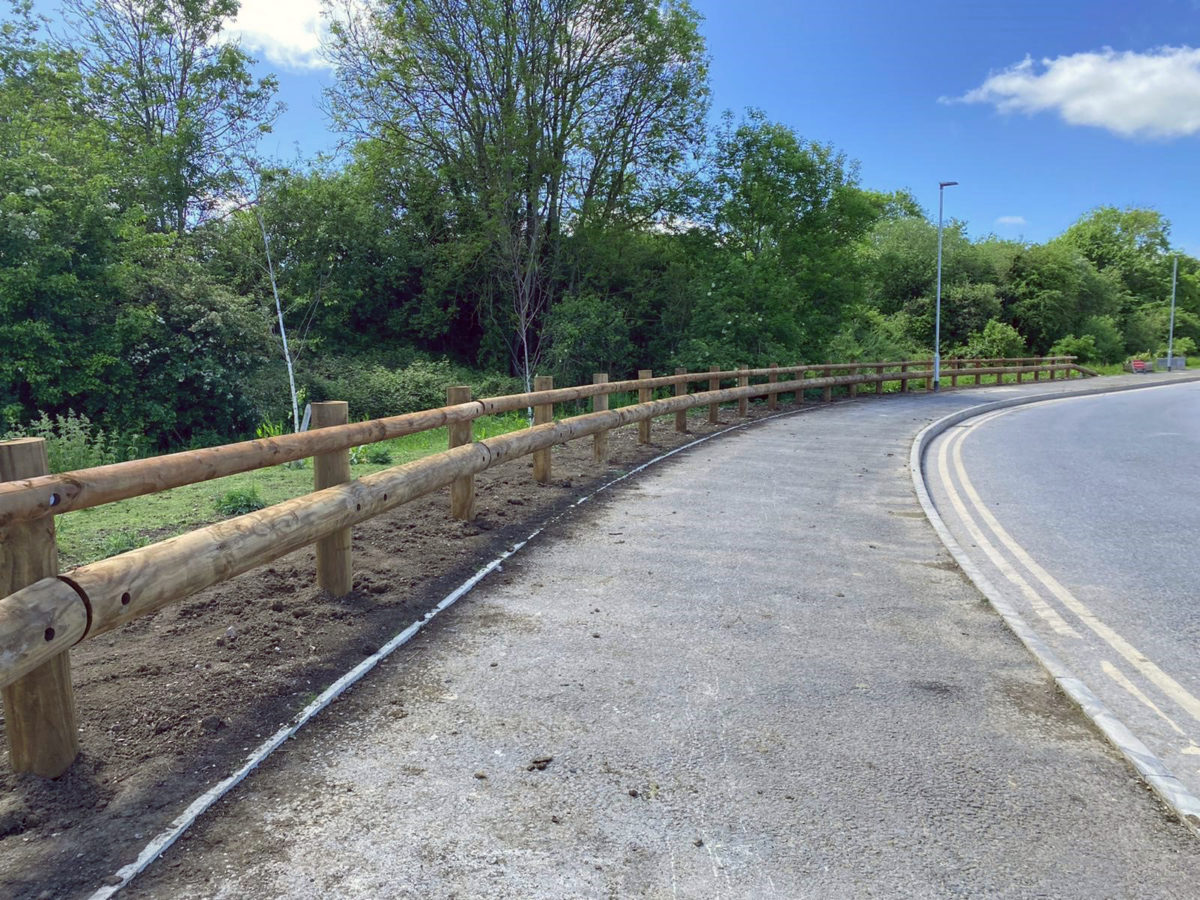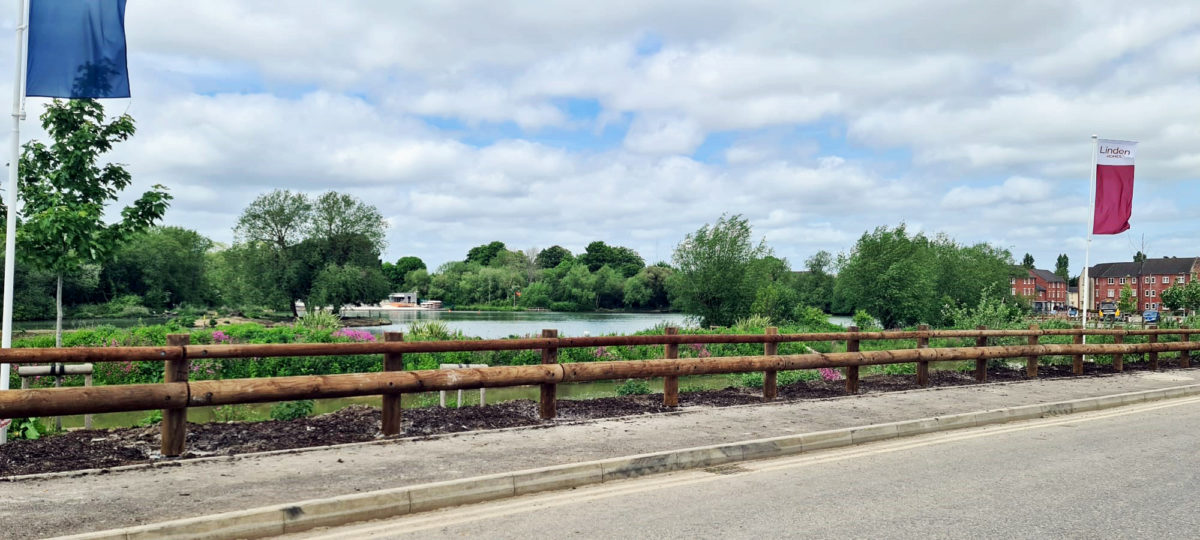
Barriers to progress
Melanie Powell, business development manager at Highway Care, discusses specification considerations for developers when integrating road safety and pedestrian protection into landscaping schemes.
Residential schemes that actively foster a sense of community through shared green spaces – where people can gather, play and connect – create a need to protect these spaces and the people using them.
Increased car ownership and changes in lifestyle habits, such as the familiar feature of home delivery vans in residential areas, has led to a much greater stream of traffic at all times of the day – not just the ‘rush hour’ of old. The sheer number of vehicles on the roads means that safety is a critical factor in keeping people safe while they benefit from the green spaces that make housing developments so attractive.
A road safety audit will usually be required as part of a Section 278 or Section 38 agreement with the local highway authority as part of the housing development process. This should incorporate an assessment of any locations where pedestrians may be vulnerable to vehicle incursions onto green spaces or footpaths.
It’s important to identify any vulnerable locations in the scheme, such as green spaces, footpaths or cycleways next to a busy road, those close to roundabouts and blind corners, or adjacent to roads likely to be used by heavy vehicles – where a housing development is on a main route to a distribution hub, for example.
In these scenarios, there not only needs to be clear segregation between the road and the green space, there also needs to be an effective vehicle restraint system that can prevent vehicles from leaving the road, while protecting both drivers and pedestrians from harm.
This is a safety critical element of the landscaping scheme and, as such, should be a tested and certified vehicle restraint barrier that will stop a vehicle on impact, protecting pedestrians, the driver and damage to property.
But aesthetics are important too. Often the locations in question are those that have been carefully landscaped to create an appealing environment and community spaces. They may also be in a semi-rural location, so a solution is needed that complements the environment and enhances the appearance of paths, play areas and greens.
To deliver on safety, a steel vehicle restraint system with permanent foundations is required to provide the strength and impact resistance required. By combining this with a timber outer casing, the safety feature becomes a decorative edging, which weathers and ages naturally over time and integrates with the rest of the landscaping, complementing tree planting, woodchip paths and wooden play equipment.
While a vehicle restraint barrier has a job to do in keeping people safe, it is often also the first thing people see when driving onto a development, so an aesthetic that is in-keeping with the look and ethos of the development is vital.
Too often, specification considerations for landscaping and road and pedestrian safety are siloed into separate procurement decisions, but the two are inherently connected. Increasingly, it’s attention to detail that makes a scheme a success. Creating a sense of community is crucial attracting buyers and incorporating attractive space where they can enjoy time outdoors safely is central to that remit.
For more information on timber barriers, visit www.rdr.link/xxx

